Various types of dust and sludge are inevitably produced in the main process of metallurgical production. Waste from dry collection is called dust, and from wet collection is called sludge. Due to the shortage of mineral resources and the decline in grades, the output of sintering dust ash, blast furnace iron ash ash, converter and electric furnace steel smelting dust, steel rolling iron dust sludge, copper metallurgical precipitation sludge, etc. in the smelting production process has continued to increase.
If a huge amount of dust is discharged directly without treatment, it will not only waste a lot of useful resources, but also seriously pollute the environment.
At present, the main methods of treating metallurgical dust and sludge include solidification treatment, resource utilization, and reclamation. The solidification treatment method and sea reclamation have not essentially solved the environmental problems caused by metallurgical dust and sludge, and can no longer adapt to the current treatment trend of metallurgical dust and sludge. Some companies also use non-disposal and non-discharge treatment methods to directly accumulate sludge. This method occupies a large amount of land resources, and harmful elements penetrate into groundwater and pollute groundwater resources.
Therefore, the recycling of metallurgical dust and sludge has become a research focus for environmental friendliness and recycling of resources.
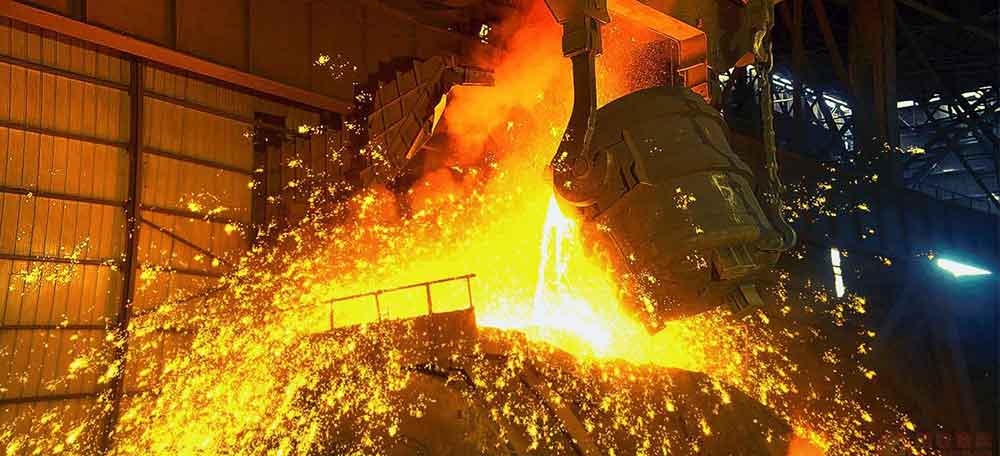
Let us analyze the advantages and disadvantages of various metallurgical dust and sludge treatment technologies and resource recycling methods through the current status of metallurgical dust and sludge utilization, as well as the future trend of metallurgical dust and sludge resource recycling.
Current Status of Metallurgical Dust Treatment and Utilization
Basic characteristics and hazards of metallurgical dust
Metallurgical dust and sludge include gas dust (sludge), sintered ash, converter sludge, steel rolling ash, etc. produced by iron and steel smelting, as well as copper chemical precipitation sludge and zinc smelting sludge produced by non-ferrous smelting. Metallurgical dust and sludge mainly contain iron oxides, calcium oxide and other oxides and useful metal elements, and the composition content varies with manufacturers. Metallurgical dust and mud have fine particle size, which is easy to raise dust and pollute the atmosphere. Dust and mud contain harmful elements such as Pb, Gd, CN-, As, etc., which infiltrate into the ground with rainwater in the accumulation site, polluting groundwater. At the same time, the accumulation of dust and mud not only occupies a large amount of land resources, but also harmful elements penetrate into the soil, changing the soil composition and polluting the soil.
Current Status of Metallurgical Dust Treatment and Utilization
At present, the utilization of steel smelting dust and sludge is mainly to send its simple treatment to the sintering system for sintering, and then to the blast furnace for smelting to achieve the purpose of recycling. However, this utilization method is single and extensive, and has the following shortcomings: due to the large difference in the composition and moisture of various dust and sludge. The composition of sintering raw materials is unstable, which affects the sintering effect; the concentration of harmful elements can easily cause a vicious cycle of harmful elements in the blast furnace; it contains harmful elements that are unfavorable to electric dust removal, which affects the dust removal effect; affects the strength and strength of sinter or pellets. The stability of other performances; affects the environmental protection of the factory area, and has dust problems during transportation. The non-ferrous smelting dust (slag) has low content of useful elements and high processing costs. Most companies often adopt stacking methods for processing, occupying valuable land resources, and there are huge environmental safety hazards, which can easily cause harmful elements to penetrate polluted environment.
How to deal with the dust and sludge
1. Metallized pellet
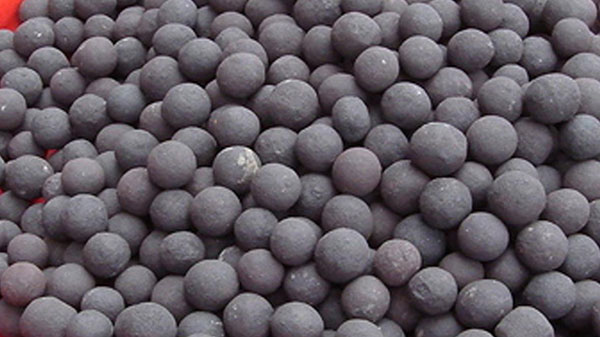
Mix the dust and sludge with binder and carbon powder (if there is a reducing agent in the sludge, you may not add it) to form pellets, which are dried and put into direct reduction equipment (rotary hearth furnace, rotary kiln, shaft furnace) for direct reduction to obtain product metallized pellets and crude zinc.
Metallized pellets have the characteristics of higher strength and less harmful elements. They can be used not only in blast furnace smelting but also as slagging agent and coolant in converter smelting. Crude zinc can be directly sold or used for other purposes after being refined.
Because the rotary hearth furnace process has the characteristics of simple structure, high production efficiency, low raw material requirements, and low investment, the rotary hearth furnace process has more advantages than rotary kilns and shaft furnaces.
2. Cold briquetting
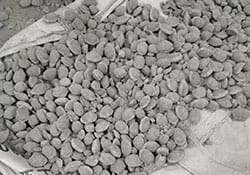
The cold briquetting method is a relatively common method for processing metallurgical dust and sludge. This method mixes the sludge and the binder with a certain ratio. The sludge is pressed into briquette with a certain particle size by a roll briquette press, and then sent to the stockyard for curing. After curing for a period of time, it is finally transported into the furnace for smelting.
The cold briquetting method has low energy consumption and simple process flow, which not only reduces the area of sludge stacking in the plant, but also reduces the environmental pollution of sludge.
3. Ash spraying
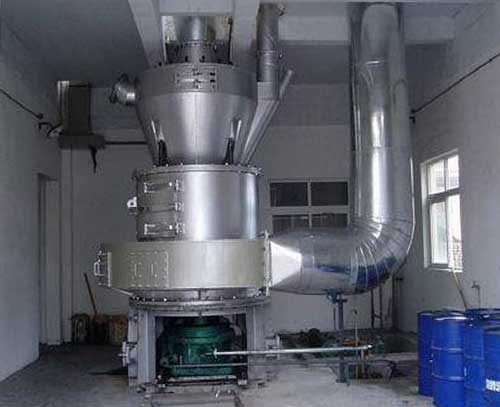
Ash spraying technology is to inject metallurgical dust and pulverized coal that meet a certain particle size requirement into the blast furnace at the same time at a certain ratio according to a certain ratio, and achieve the purpose of recycling the dust.
The technology is simple, basically does not require additional processing procedures, and has low investment. Therefore, this technology is used by a lot of steel companies. However, due to the large fluctuations in the composition of the dust and the finer particle size, it is difficult to control various indexes after being injected into the furnace. What is more serious is that the dust contains elements that are harmful to the lining of the blast furnace, such as Na, K, Zn and other elements. which will cause serious corrosion.
4. Hydro-way technology

The hydro-way technology is to separate harmful elements that affect the subsequent smelting process from the sludge through leaching agent, and carry out enrichment and recovery. Common leaching methods generally include acid leaching, alkaline leaching, and bacterial leaching. Zn in blast furnace dust ash mainly exists in the form of ZnO. According to thermodynamic analysis, ZnO can not only be dissolved in acid but also in alkali to generate zinc ions. However, while acid leaching leaches Zn, impurities such as Fe dissolve into the leaching solution. The impurity removal process caused adverse effects. Elements such as Fe and C are almost insoluble in lye, so lye is used to separate Zn from dust and mud, and then the Zn in lye is enriched and recovered through the electrowinning process. Part of the dust and mud contains zinc ferrite, which is neither soluble in acid nor lye, which greatly reduces the leaching rate of zinc. Therefore, the dust and mud are roasted before leaching to convert zinc ferrite into soluble The zinc compound in the lye can greatly increase the leaching rate of zinc.
5. Beneficiation and metallurgy combined technology
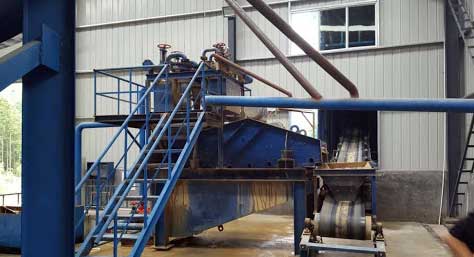
This technology combines physics, beneficiation, metallurgy and other processing methods, and its basic purpose is to remove harmful elements from metallurgical dust and sludge, enrich and recover useful elements. Magnetic separation is used to recover magnetic iron in dust and sludge, flotation is used to recover carbon, and gravity separation is used to recover weakly magnetic or non-magnetic iron, and zinc can be enriched and recovered.
Resource utilization
Small cycle
1. Dust (ash) – pellets – blast furnace (converter furnace) – dust (sludge) cycle
The pellet method is used to make the dust and sludge into pellets with a certain strength and size, and the pellets are added to the blast furnace according to a certain ratio for smelting. Traditional converter steelmaking coolants and slagging agents mainly include scrap steel, massive iron stone, fluorite, etc. These coolants and slagging agents have certain disadvantages, and the pelletized dust can be used as steelmaking coolants And co-solvent, and can shorten the drying period and smelting cycle, the economic effect is more significant.
2. Dust-ash spray – blast furnace – dust cycle.
The dust and coal powder are injected into the blast furnace from the tuyere of the blast furnace at the same time for smelting, so as to realize the recycling and reuse of dust and sludge. This circulation mode has a simple process and few additional processing equipment. It can effectively decompose the dust generated by the blast furnace and achieve the effect of self-production and self-sale. However, the ash spraying method is easy to cause the accumulation of harmful elements, and the corrosion effect on the furnace lining is obvious. There is no better way to solve this problem.
Big circle
1. Dust – sintering – blast furnace – converter furnace – dust and sludge circulation
This circulation mode is to send the dust and sludge to the sintering process for sintering after pretreatment, add it to the blast furnace for smelting with a certain ratio, and then return to the converter furnace for steelmaking to achieve the purpose of recycling the dust and sludge. The converter sludge is directly used for sintering. Due to the large difference in particle size from other sintering raw materials, uneven mixing and poor air permeability of the material layer will eventually affect the sintering speed. New dust will be generated during the sintering process, which increases the load of dust recovery in the sintering process. The iron recovery rate of this circulation mode is low, large in energy consumption, and with high processing cost.
2. Dust and sludge – pellets – blast furnace – converter furnace – dust and mud circulation
In this circulation mode, the dust and sludge are pelletized into pellets that meet certain strength and content requirements, and then sent to the blast furnace for smelting, and then returned to the converter furnace for steelmaking to achieve the purpose of dust and sludge recycling. The pelletizing method is beneficial to improve the gas permeability of blast furnace charge and promote the uniform distribution of airflow. The comprehensive smelting index of blast furnace is better than that of sintering. Therefore, compared with the first large-scale recycling mode, this recycling mode has lower energy consumption, lower processing costs, and better processing effects.
